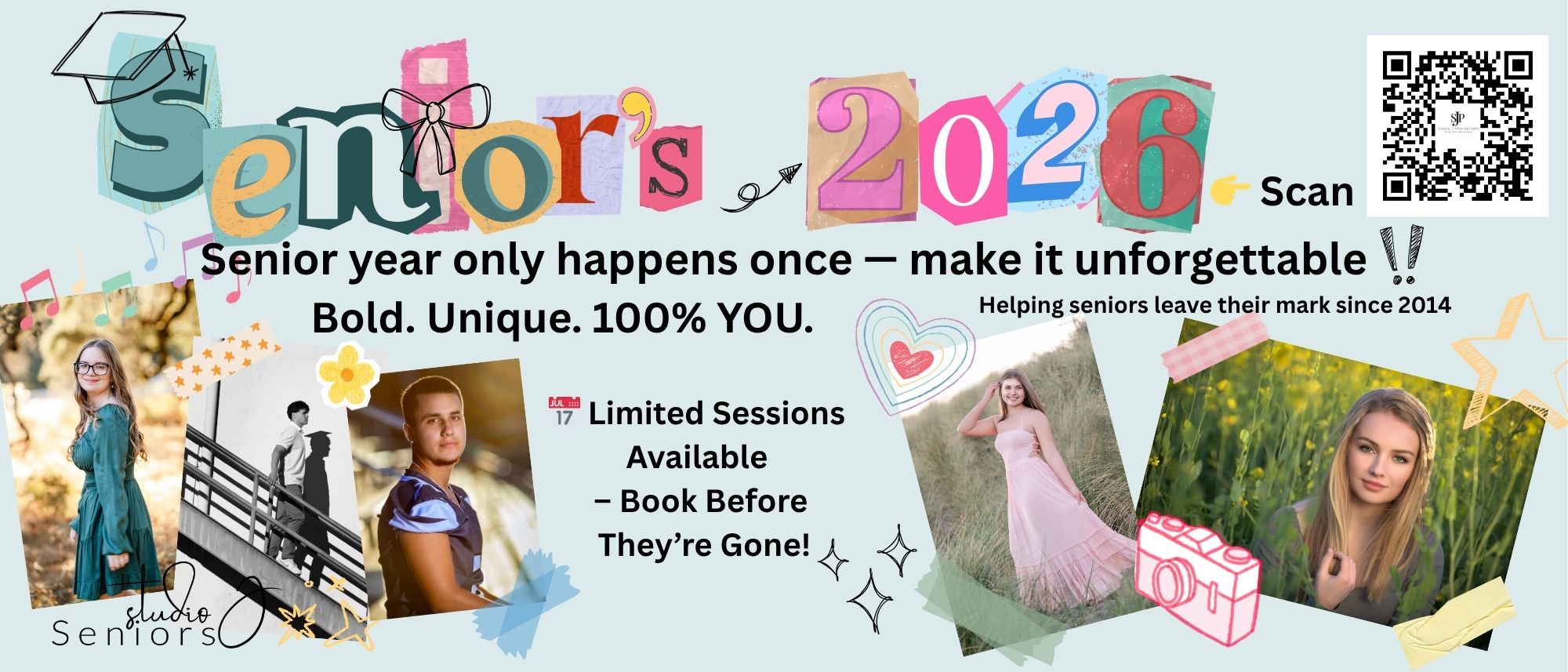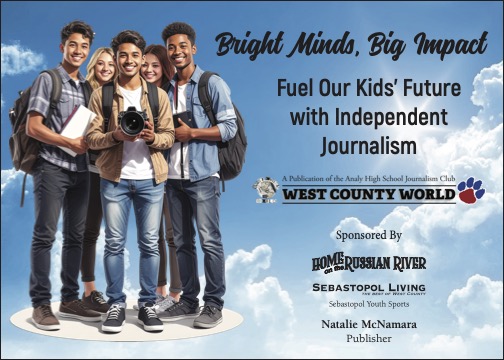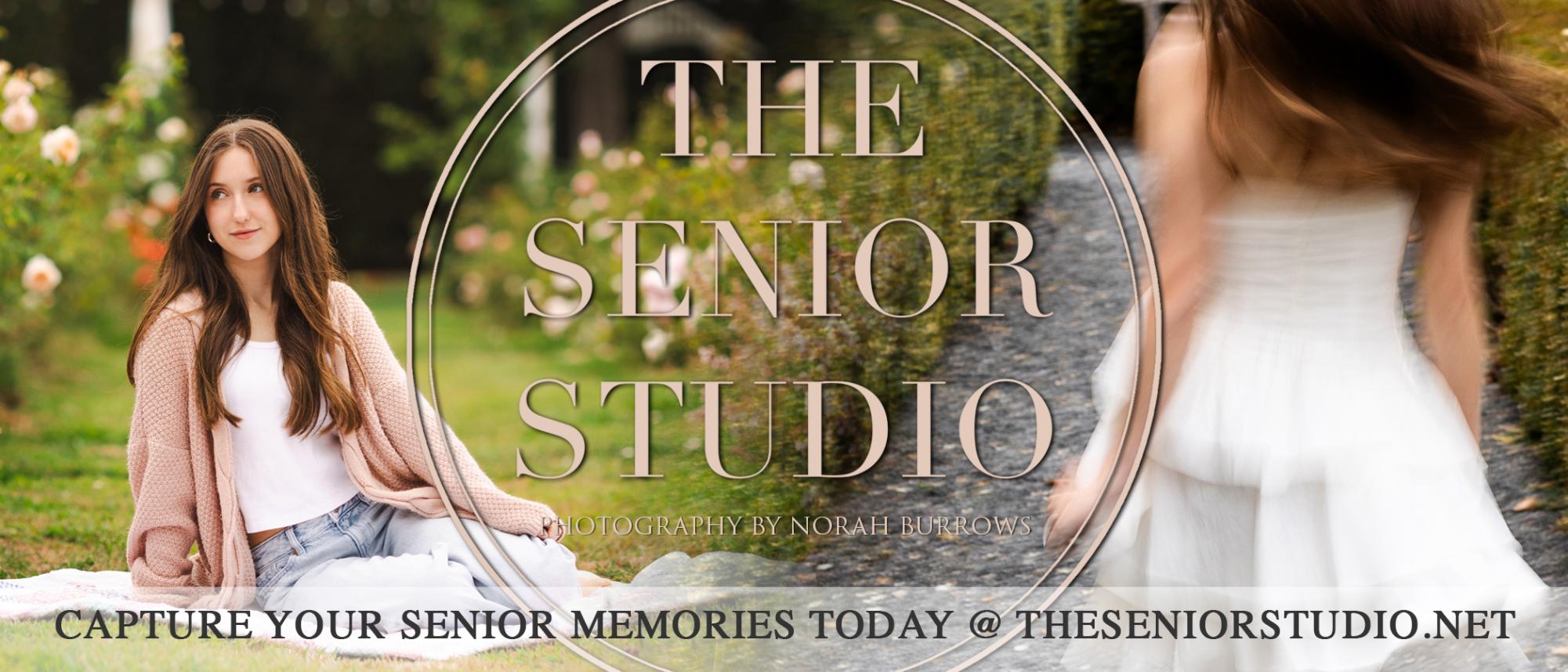On the J.K. Rowling Controversy: The Importance of Diversity in the Media

April 16, 2018
J.K. Rowling has recently faced criticism because of a lack of diverse characters in her books. Fans on social media and articles in print publications have criticized her for uniformly white and straight characters. In his Huffington Post article “Why It’s a Problem that J.K. Rowling Builds Diversity into Her Novels” Nick Malherbe notes, “Many readers’ homogenous assumptions [about Rowling’s characters] were confirmed by the Harry Potter film adaptations, two of which are co-produced by Rowling. An estimated 99.53% of the dialogue across the eight films was delivered by white cast members.”
When Rowling originally wrote the Harry Potter series, she wrote them to reflect the average English boarding school. It’s perhaps understandable that she didn’t include diversity at the beginning of the series. However, as her books became hugely popular and the series evolved, she had the chance to show a wider range of characters. For example the author, Rick Riordan, whose books are meant for a similar audience, also faced criticism after his first series for his homogeneous characters. In contrast to Rowling, he included more diversity in his subsequent books, such as the Heroes of Olympus series.
Instead of straightforwardly acknowledging her books’ lack of diversity, Rowling instead has said on several occasions that some of her characters were, in fact, intended to be of different sexualities or ethnicities. Most noticeably, Rowling has stated that Dumbledore is gay, although no evidence is given in the original books. Further, she wrote the following on Twitter, stating that Hermione might originally have been a black character: “Brown eyes, frizzy hair and very clever. White skin was never specified.” Rowling is implying that one can imagine the characters in any way he or she likes. Although marginalized groups have had to imagine themselves as main characters that looked nothing like them (a way of reading known as “racebending”) for many years, for an author to use that argument to assert that her books are actually diverse seems dishonest.
In addition to the fact that these characters haven’t actually been described or portrayed that way in any of the books or movies, it was revealed that Dumbledore’s sexuality will not be depicted explicitly in the upcoming Fantastic Beasts film. As the director, David Yates, said, Dumbledore will not be “Explicitly [gay], But I think all the fans are aware of that.” His argument is that fans already know that Dumbledore is gay, so this important detail isn’t a necessary part of the official franchise. Rowling, facing backlash for the decision not to explicitly include his sexuality, has defended herself by saying that she didn’t have enough influence and wasn’t involved in the film making. In her words, she had been “sent abuse about an interview that didn’t involve me, about a screenplay I wrote but which none of the angry people have read.”
However, other recent books and films have shown much more diversity and have received mostly-positive media attention. Films like Black Panther, A Wrinkle in Time, and Love, Simon all have been very well received, yet David Yates was afraid of controversy due to Dumbledore being gay. These books and films show that it’s possible to integrate well-developed and complex character, while still encompassing a wider range of ethnicities and sexualities. In order to move forward as a society, diversity needs to be normalized. It’s important for people, especially impressionable children and teens, to see characters that reflect their own lives.






